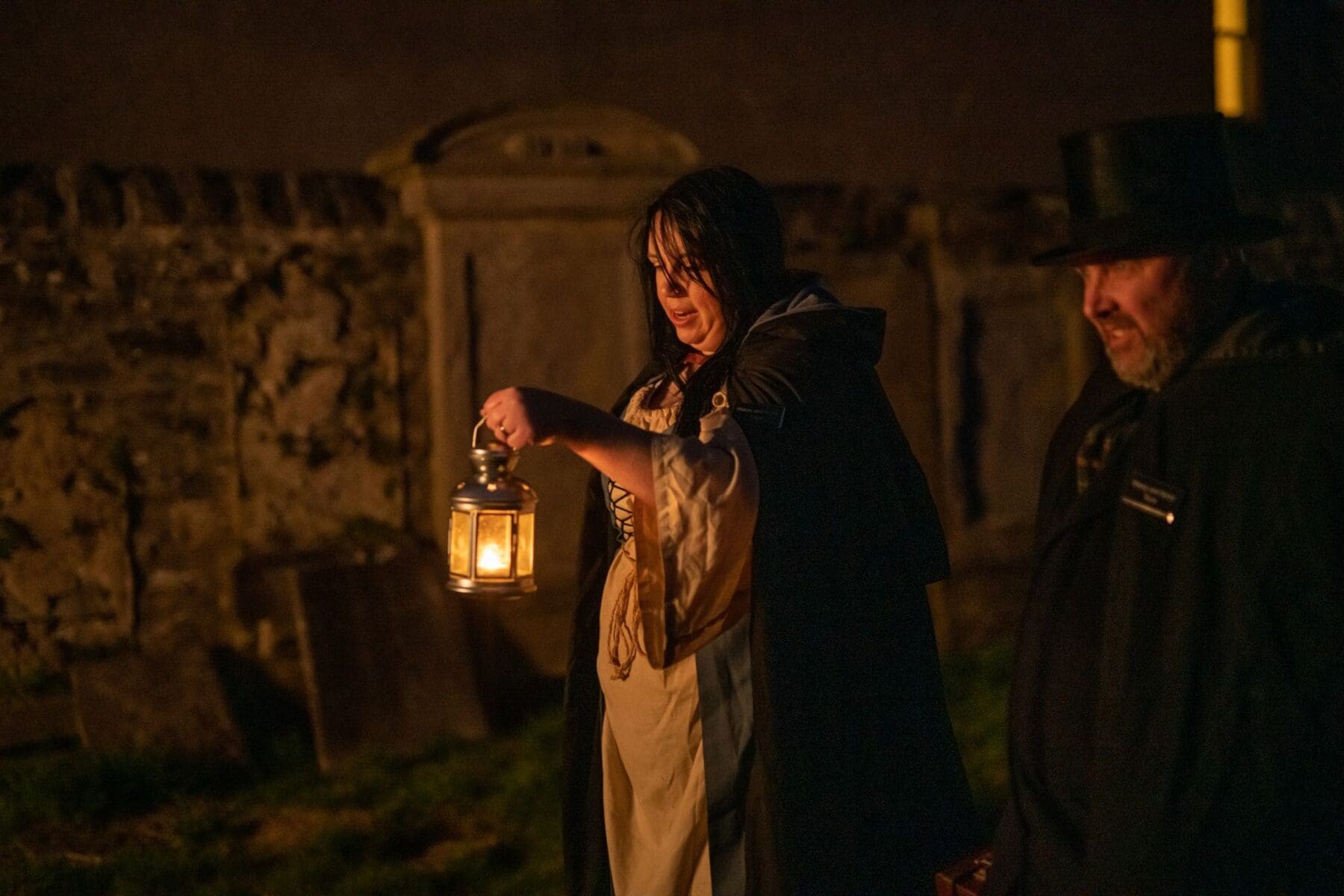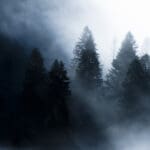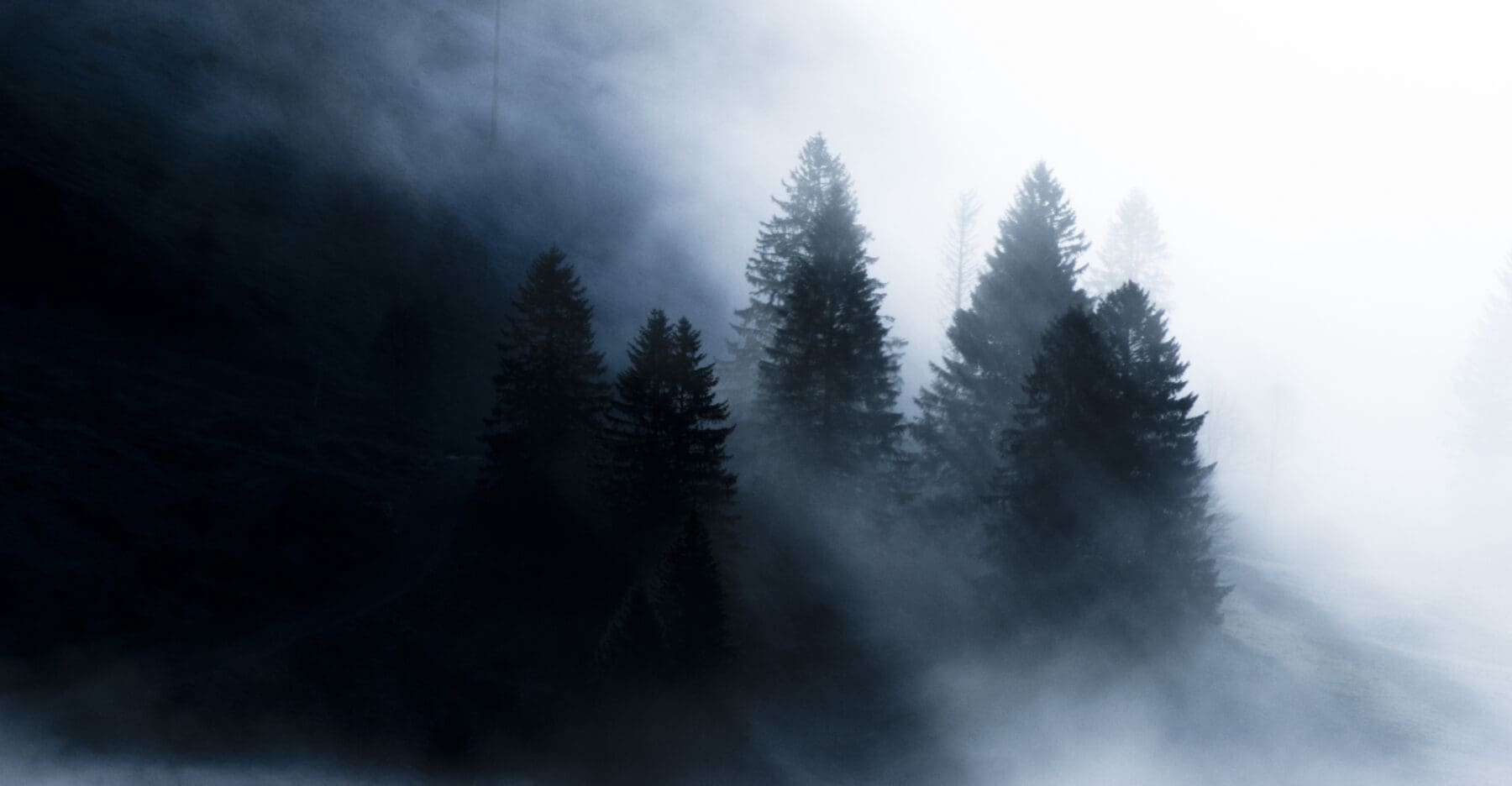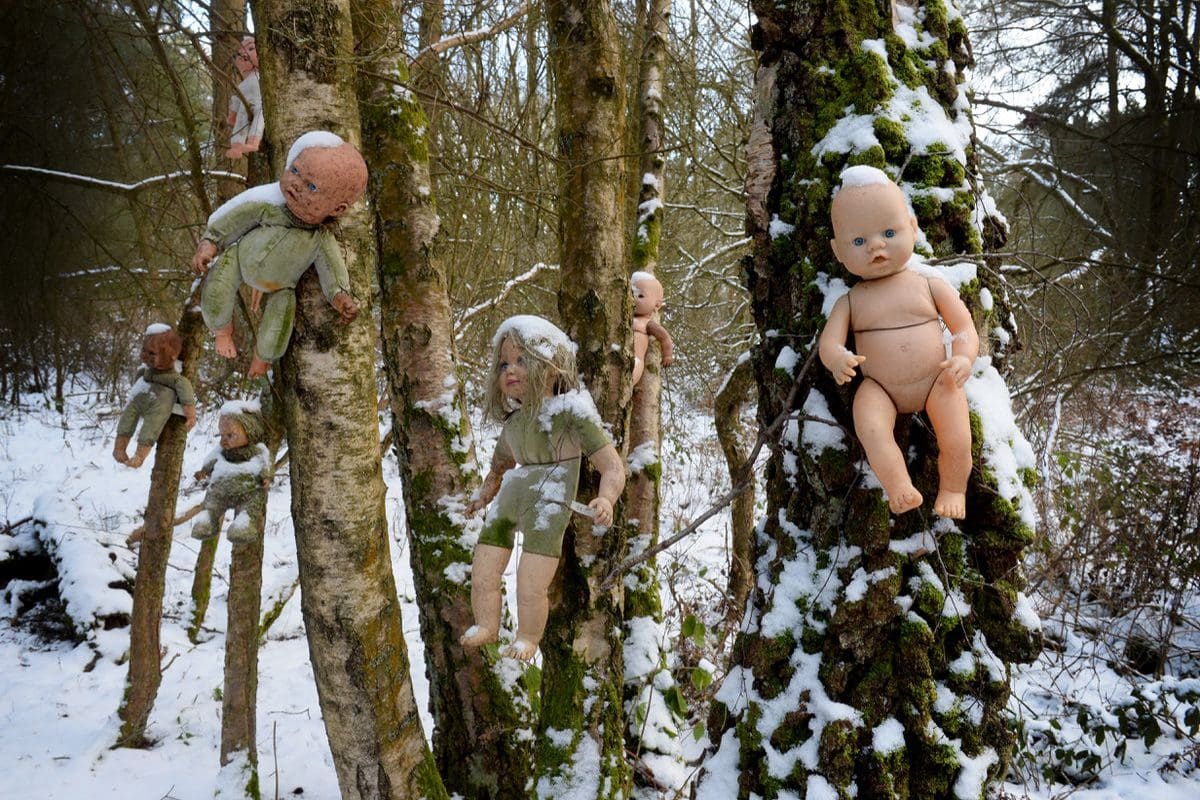Unknown Myths and Legends of the Mysterious Viking Era
The Viking Age, known for its daring warriors and epic voyages, is also a treasure trove of myths and legends that reveal the mysterious and supernatural side of Viking culture. While the sagas of gods and heroes are widely known, the lesser-known myths and legends of the mysterious Viking era delve into cryptids, superstitions, and haunting tales that continue to fascinate and mystify.
Cryptids of the Mysterious Viking World: The Lindworm

Lindworm from Viking mythology
The Lindworm stands out as one of the most fearsome cryptids among the many myths and legends of the mysterious Viking age. Described as a massive serpentine dragon, the Lindworm was believed to guard burial mounds and hidden treasures. According to mysterious Viking lore, this creature was both a protector and a harbinger of doom, often associated with earthquakes and thick, ominous fogs. The Lindworm’s presence was a powerful warning in the myths and legends of the Vikings, a reminder that some places were best left undisturbed.
These terrifying creatures were often depicted in Viking carvings and artifacts, suggesting that the belief in their existence was widespread. Some sagas even mention brave warriors who faced Lindworms in battle, though such encounters rarely ended well. The Lindworm was thought to be nearly invincible, with scales that were impervious to weapons, making it a formidable foe. In some tales, only a hero of great strength and cunning could defeat a Lindworm, usually by exploiting its one weakness—its underbelly. This cryptid not only symbolizes the dangers lurking in the unexplored corners of the Viking world but also the high stakes of their treasure hunts.
The Draugr: Undead Beings in Mysterious Viking Myths and Legends
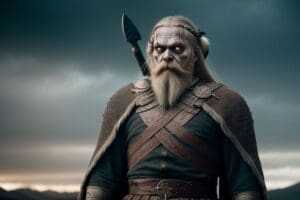
The undead Draugr
The mysterious Viking belief in the Draugr adds a chilling dimension to their myths and legends. These undead beings were said to rise from their graves to haunt the living, driven by a thirst for revenge or the desire to protect their earthly possessions. Unlike the ghosts of other cultures, Draugr were physical entities with grotesque appearances and superhuman strength. Stories of Draugr hauntings were common in mysterious Viking lore, and elaborate rituals were performed to prevent the dead from returning. In fact, the fear of Draugr was so pervasive that Vikings often went to great lengths to ensure their dead stayed buried. This included practices such as placing heavy stones on graves, decapitating the corpse, or driving stakes through the heart to pin it to the earth.
One well-known tale involves the Draugr of Glámr, a shepherd who returned from the dead after a mysterious death in the wilderness. His undead form terrorized the local community until the hero Grettir the Strong confronted and defeated him. This story highlights the intense fear and respect Vikings had for the dead, believing that improper treatment of the deceased could lead to catastrophic hauntings. In another legend, the Draugr of a powerful chieftain was said to guard his grave, attacking anyone who dared approach. These stories served as cautionary tales, reminding Vikings of the importance of proper burial rites and the dangers of disturbing the rest of the dead.
Ready to embark on the adventure of a lifetime? Check out our tour destinations HERE!
To keep up with our blog and other Mysterious Adventures offers, sign up for our newsletter HERE!
Seidr and Shapeshifting: Magic in Mysterious Viking Myths

Viking woman casting a spell
Norse shamans used a kind of sorcery called Seidr, which is heavily included in the myths and legends surrounding the mysterious Viking era. Seidr practitioners were both feared and adored for their propensity to discern the future and even influence its outcome. One of the most well-known features of Norse mythology was shapeshifting, as evidenced by tales of people changing into bears or wolves. These shapeshifters, who were frequently seen as omens, were important characters in Viking mythology. They were seen as divine messengers, alerting people to danger or a change in destiny.
One of the most famous shapeshifters in Viking lore is Loki, the trickster god, who could take on various forms, including that of a salmon, a mare, and even an old woman. Loki’s shapeshifting abilities were not just a symbol of his cunning but also a representation of the unpredictable nature of fate, a central theme in Viking belief. Another example of shapeshifting in Viking myths is the story of Berserkers, warriors who could channel the spirits of animals, particularly bears, to gain superhuman strength and ferocity in battle. These warriors were said to enter a trance-like state, becoming impervious to pain and fear, embodying the ferocity of the creatures they emulated. Seidr, with its connections to the spiritual and natural worlds, allowed Vikings to navigate the uncertainties of life and death, ensuring their survival in a world where the boundary between the seen and unseen was thin.
The Huldufólk: Hidden People in Viking Myths and Legends
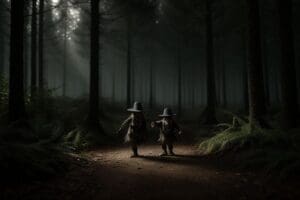
The Huldufolk
The Huldufólk, or “hidden people,” hold a special place in the rich tapestry of mysterious Viking myths and legends. These supernatural beings were thought to live in an invisible world parallel to our own, often residing in rocks, hills, or remote landscapes. The Huldufólk were both benevolent and malevolent, capable of bringing good fortune or disaster. Superstitions surrounding the Huldufólk led to various practices aimed at avoiding their wrath, such as offering gifts or performing rituals before settling on new land. These myths and legends highlight the Vikings’ deep respect for the unseen forces that they believed governed the natural world.
The Huldufólk were often described as small, elf-like beings with their own society and customs. They were believed to be highly protective of their homes and could become vengeful if disturbed. In some stories, they would move entire mountains or change the course of rivers to protect their dwellings. Vikings would go to great lengths to avoid offending the Huldufólk, often consulting seers before building new settlements to ensure they were not encroaching on sacred ground. This belief in hidden people is not unique to the Vikings and can be found in many cultures, suggesting a deep-rooted human instinct to respect the unknown and unseen.
Ghostly Myths and Legends of the Mysterious Viking Era
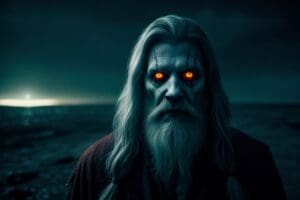
The Draugen, the spectral sailor
The myths and legends of the mysterious Viking era are rife with tales of haunted shores and ghostly wraiths that terrorized sailors. One such legend is that of the Marbendill, a sea creature with a human upper body and a fish’s lower half, who lured sailors to their doom with its haunting song. The Marbendill was not only feared for its deadly allure but also respected as a guardian of the sea’s treasures. Fishermen would often offer a portion of their catch to appease these beings, hoping to avoid their wrath.
Another fearsome figure in Viking myths and legends is the Draugen, the ghost of a drowned sailor who would rise from the sea to drag the living into the watery depths. Draugen was said to appear in the dead of night, their ghastly forms shrouded in seaweed, their eyes glowing with an eerie light. These spectral beings were considered omens of storms and shipwrecks, and their appearances were taken as serious warnings by Viking seafarers. Some captains would alter their course if a Draugen was sighted, believing that to continue on the same path would invite disaster. These tales of ghostly hauntings reflect the Vikings’ deep connection to the sea, as well as their belief in the power of omens and the supernatural to influence their fate.
The Enduring Legacy of Mysterious Viking Myths and Legends
The myths and legends of the mysterious Viking era offer a fascinating glimpse into a world where the natural and supernatural were deeply intertwined. These stories of cryptids, hauntings, and magical beings reflect the Vikings’ complex relationship with the unknown, as well as their belief in the power of the unseen.
Even today, the myths and legends of the mysterious Viking world continue to captivate our imaginations, inspiring countless books, movies, and television series. These ancient stories passed down through generations, remind us of the enduring allure of the supernatural and the mysteries that lie just beyond the reach of reason.
The legacy of these myths and legends also lives on in modern superstitions and folklore, particularly in regions where Viking influence was strong. In Iceland, for example, belief in hidden people or elves persists, with some construction projects even being altered to avoid disturbing their supposed dwellings. Similarly, stories of sea monsters and haunted ships continue to be told along the coasts of Scandinavia, a testament to the lasting impact of Viking-era beliefs on contemporary culture.
As we explore these myths and legends, we not only uncover the fears and hopes of the mysterious Viking people but also connect with a shared human fascination with the unknown.
Embark on a mysterious adventure with us!
Explore divinely selected places, where enigma thrives in every corner. From lands vibrating with mystique to ancient realms echoing with phantom tales, our Mysterious Adventures await. Join the journey and unravel the secrets of the extraordinary.
LEARN MORE >>>


